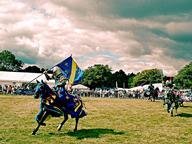
Our Future Will Come Trivia Quiz
The Renaissance represented a brave new world and exciting future arising out of the Dark Ages of medieval Europe. But what happened to create that future, and how did it go?
An ordering quiz
by suzidunc.
Estimated time: 3 mins.
- Home
- »
- Quizzes
- »
- History Trivia
- »
- European
- »
- Renaissance